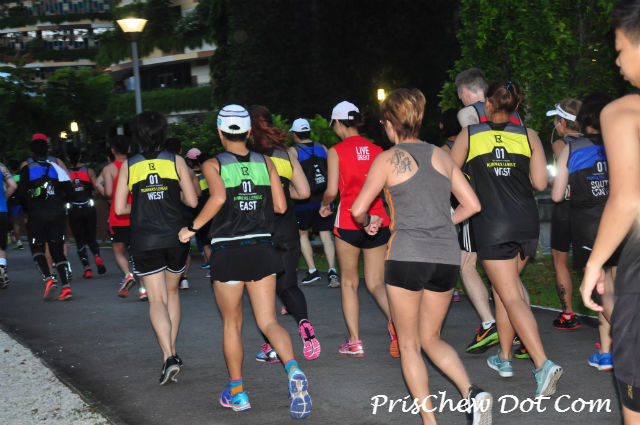When you buy a pair of running shoes, the main factors you may think of are usually motion control, cushioning, stability and injury prevention. Most runners will try to determine their foot type too, whether they have a high or low arch, or else whether they overPronate or underPronate and will be recommended a shoe accordingly.
And usually, the greater the arch support of the running shoes, the more expensive the pair of shoes is. Also, motion control shoes are priced at 24.89 per cent higher than minimalist running shoes.

Do runners need arch support?
What the arch does in the foot
In the foot, the arch has two main functions. These are to support the body weight when we are standing and also to work with the other bones in the foot to produce a spring-like propulsion during walking or running.
When our feet hits the ground, the arch absorbs the shock and compresses. The tendons and ligaments in the arch can store elastic energy and this energy is then used when the arch recoils and pushes us forward to move.
The compression and recoil system can save up to 17 per cent of the mechanical effort required during running.
RunRepeat did a study on arch support
Are the more pricey shoes which give the arch more support, really better? RunRepeat.com did a study on arch support.
Arch support is not a quick fix
RunRepeat found that arch support is not a quick fix for injuries, pronation or performance related issues but on the other hand, it can be helpful in specific conditions or injuries, such as custom orthotics prescribed by qualified experts.
The idea of arch support initially came about in the 19th century but the first concept of the modern shoe inserts came from podiatrist William Mathias Scholl, who founded the Dr Scholl brand. Today all brands have shoes designed to support certain arch types and foot patterns ranging from stability shoes for neutral feet, motion control shoes for flat feet, cushioned shoes for high arches and crossovers like neutral cushioned shoes.
High and Low arches
According to the study, people who have high arches have a slightly higher chance of injuries but then again, it does not mean that you need corrective shoes with inserts. High arches results in more pressure in the plantar fascia and metatarsal and on the other hand, low arch results in more pressure in the calcaneous, navicular and cuboid.
But you may need custom orthotics if you are having issues with balance or injuries. Custom foot orthotics can result in a 74 per cent reduction in foot pain, as well as better functioning of the foot and an improved quality of life.
Flat Feet
Those with flat feet were generally found to have been outperformed by those with normal arches in the 100m sprint, but in the 600m middle distance running, both were on par.
So this means that unless you are looking to perform better in short sprints then you do not need to worry that you are flat footed unless you are suffering from chronic injuries.

If you have no pain or problem in running and walking, then you probably do not need arch support.
Arch support is not needed if you don’t suffer pain during walking or running
But the general consensus of the study is that if you have no pain or problem in running and walking, then you probably do not need arch support. There is no point in spending extra money on arch support in shoes or shoe inserts, just because a salesman thinks that your arch is a little too high or low.
Pronation or having a specific arch type is not a problem that needs to be fixed. But in rare cases though, when outside help may be needed, it is best that the prescription comes from an orthopaedic doctor or podiatrist, and not a salesperson.
And instead of worrying about your arch type, the study stresses that to stay injury free, the best thing is to work on strengthening your arch, foot and hips through doing core and lower leg exercises such as heel and calf raises, planking, squats and lunges. I think that this is common sense advice.
Click here for the original study.

Really nice and helpful post. Thanks for writing.
Also can you sometime write a blog on experiences or advice on bow legs or knee valgus please? How foot arch, type of shoes, type of sports and exercises may effect it?